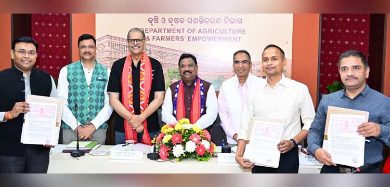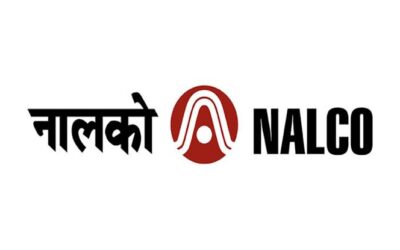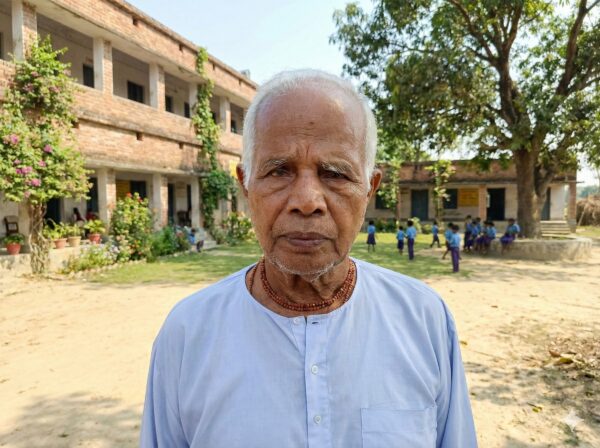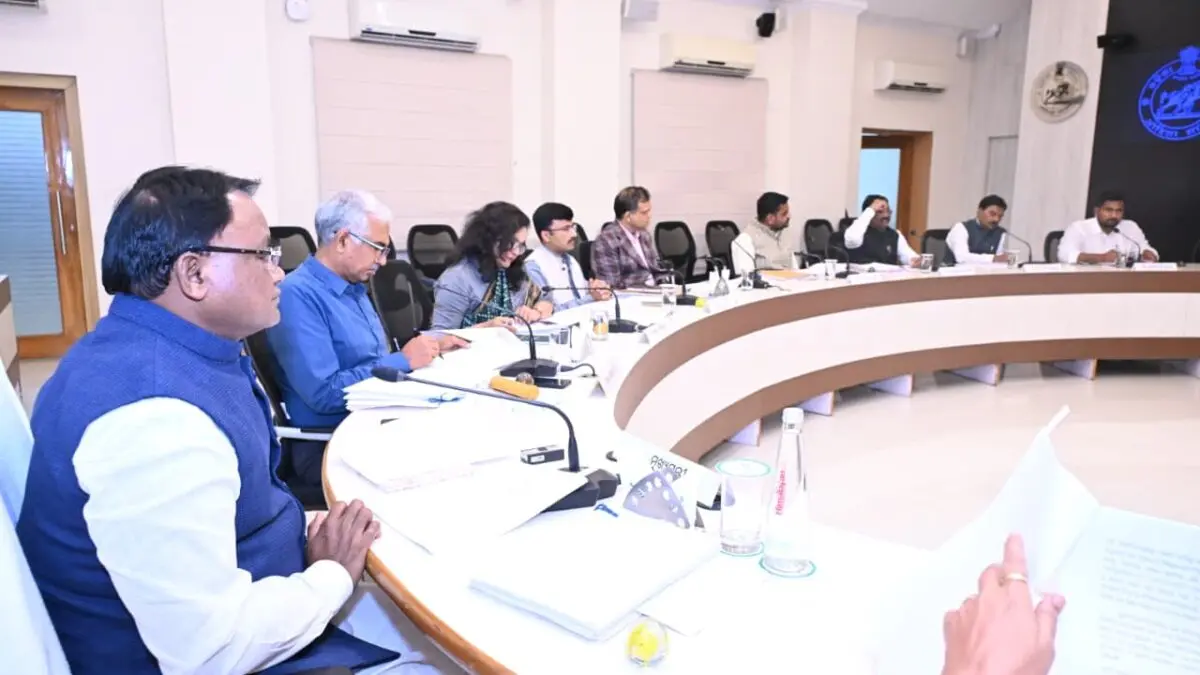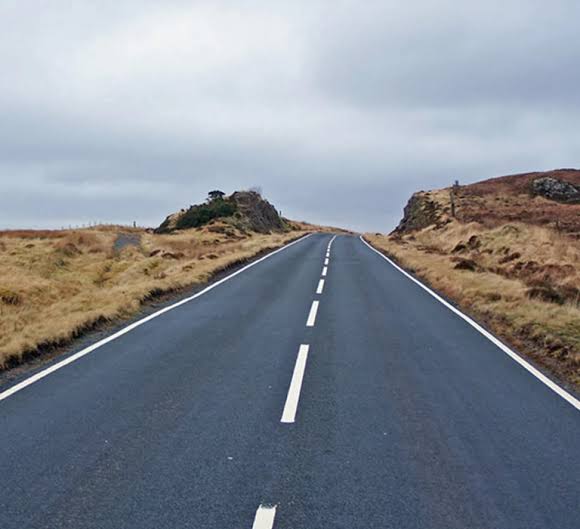Odisha Government Prepares Roadmap for Metro Rail Project
State forms survey committee; Centre’s support to be sought after feasibility report
Bhubaneswar : The Odisha Government has taken a step forward in its ambitious metro rail project, informing the Centre about its plans and forming a committee to conduct feasibility surveys at various locations. Housing and Urban Development Minister Krushna Chandra Mahapatra confirmed that the committee’s report will serve as the foundation for the next phase of the project, including technical and financial collaboration with the Central Government.
According to the Minister, the survey committee will assess potential routes, urban demand, infrastructure requirements, and overall feasibility of introducing metro services in the state. “Once the committee submits its report, the state will approach the Centre for guidance and support,” Mahapatra said. The report will also help determine the sharing of financial responsibilities between the Centre and the state, including how much funding each side will bear.
Metro projects typically involve significant costs, with funding models depending on a combination of central support, state contributions, and in some cases, external financing. Mahapatra noted that Odisha would finalize its funding structure only after receiving the committee’s detailed assessment. This will ensure that both governments make informed commitments on the financial burden of the project.
Technical aspects—such as route alignment, connectivity to existing transport systems, and integration with urban development plans—will also be finalized after the survey report is reviewed. “The Chief Minister will take up further discussions with the Centre once the study is submitted,” the Minister added, stressing that the project will only move forward with careful planning to ensure efficiency and sustainability.
The metro rail is being envisioned as a major step toward easing congestion in rapidly growing urban areas, providing a modern, eco-friendly alternative to road transport. Route alignment will be one of the most critical decisions, as it will determine how effectively the metro serves high-density corridors and connects residential, commercial, and industrial hubs.
Officials emphasized that the study will examine population density, projected ridership, land acquisition challenges, and integration with other modes of public transport before suggesting a final alignment. The goal, Mahapatra said, is to design a system that not only improves urban mobility but also supports sustainable growth.
Once the feasibility report is finalized, the state will present it to the Centre for evaluation. Following this, discussions on central funding, technical expertise, and possible timelines for implementation will take place. If approved, the metro project could mark a transformative shift in Odisha’s urban infrastructure, enhancing connectivity while reducing traffic congestion and pollution.
While the timeline remains uncertain, the government’s latest steps signal a determined push to bring metro services to Odisha, placing the project firmly on the state’s development agenda.

